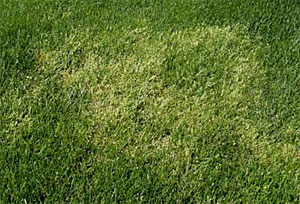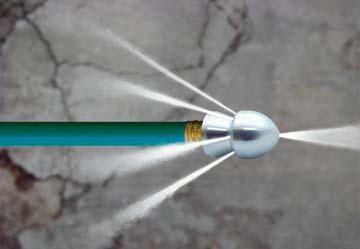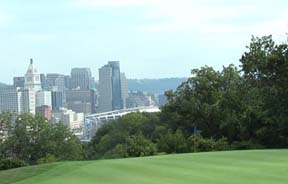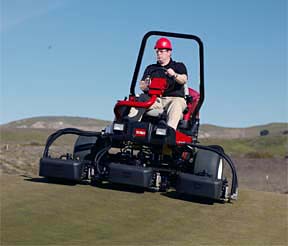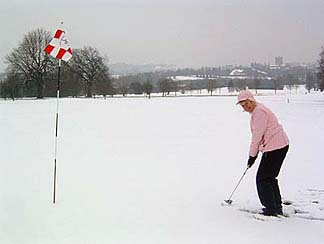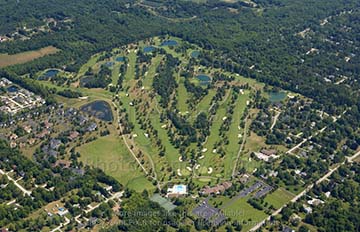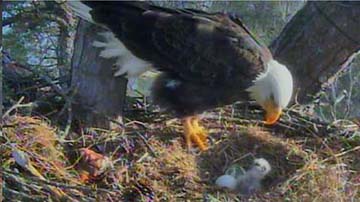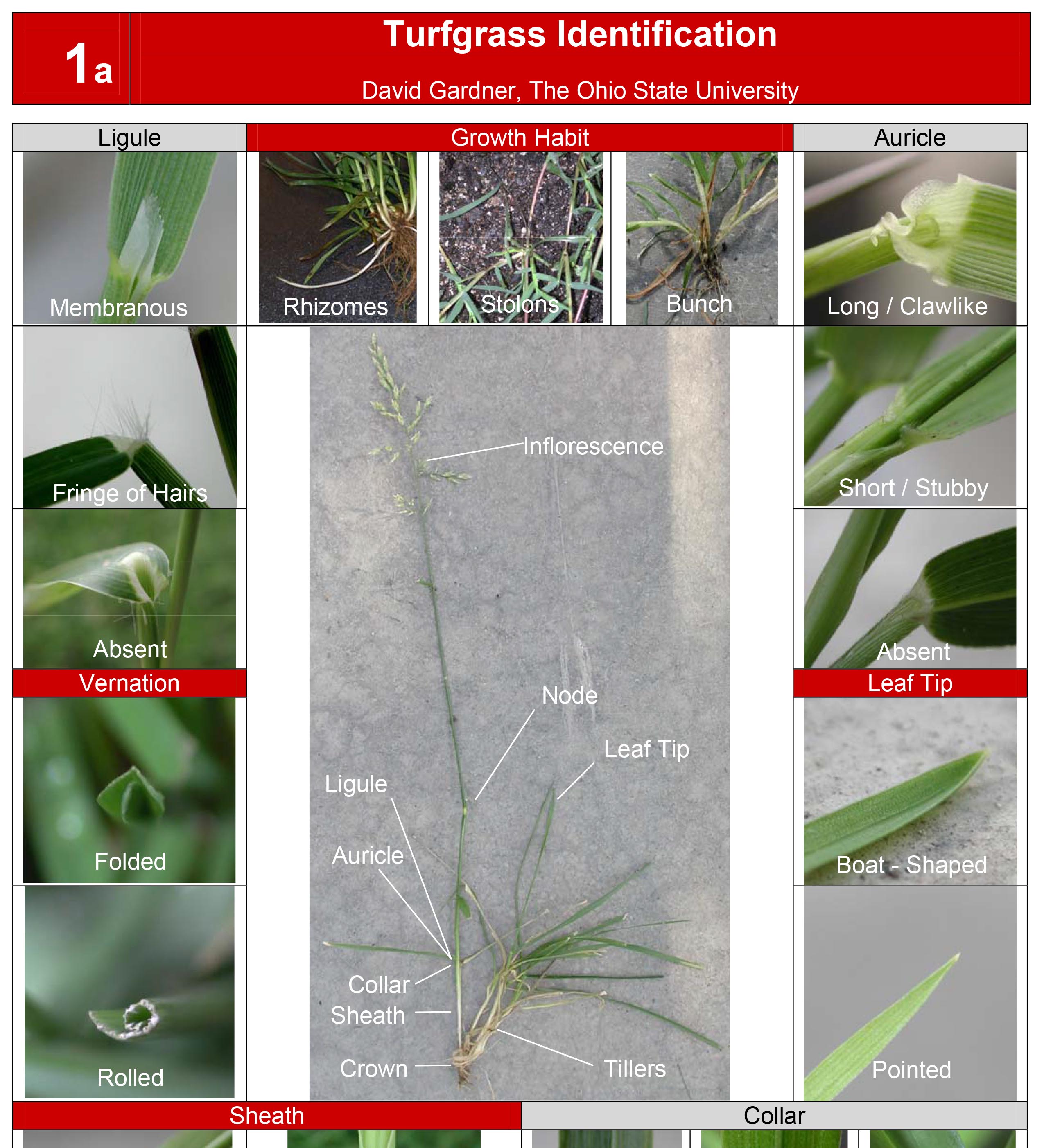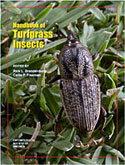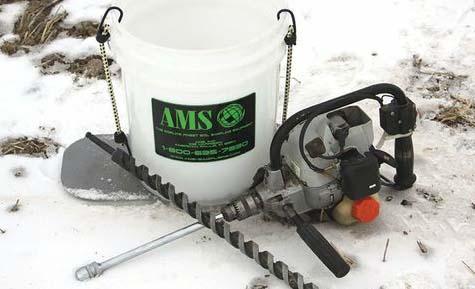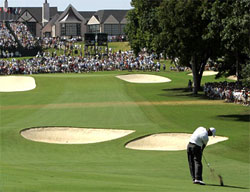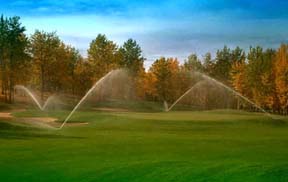
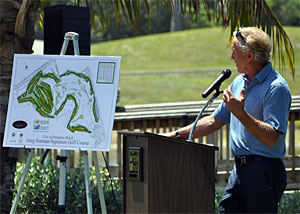
That's because The Pines Course, one of two 18-hole layouts at this 50-year-old facility, has just emerged from a nine-month total renovation by Greg Norman Design. Opening-day festivities drew 300 participants, some of them regular patrons who were part of a committee that worked closely with city officials on the $4 million redo.
It's the first municipal venture by the Australian-born designer whose worldwide business empire is based in nearby Jupiter. It's also a move by Norman's design firm that reflects the new, more modest, more budget-conscious realities of the national and international golf market. The investment took some courage from Pompano Beach, a city of 100,000 located midway between Miami and West Palm Beach. Residents have had access to affordable municipal golf since 1960, when the design team of Bruce Devlin and Robert von Hagge built the Pines and Palms courses on a flat, 305-acre tract adjoining Pompano Beach Airpark. For years, the airfields chief claim to fame was that it was home to the Goodyear Blimp. Now it'll be known as the airport that adjoins a smartly crafted Greg Norman design.
Work on the Pines included a partial rerouting of the first few holes, new drainage, significant tree work and removal of the invasive Brazilian pepper plant that seems to be creeping over the South Florida landscape like kudzu in the Southeast or Japanese knotweed in the Northeast. The corridors were nudged wider; bunkers were rebuilt and shifted to add strategy; greens and surrounds were rebuilt from scratch; ponds cleaned up and a new irrigation system put in; and 1960s-style moundingwas removed, with the fill used to shape out chipping areas and build new tee platforms.
Planning work began two years ago, with construction starting in May 2012. Main builder Quality Grassing worked closely with Normans project manager, Chris Campbell, and his design associate, Tad Burnett. At the opening ceremony last month, Norman likened the job to turning a pigs ear into a silk purse. Creating a course that's playable for everyone, he said, was a marked turnaround from the 1990's, when builders, developers and architects worried less about costs, difficulty or sustainability.
In every way possible for Pompano Beach, its new municipal Pines Course is a return to sound basics of the game.
- Read more...
- 2,364 views



